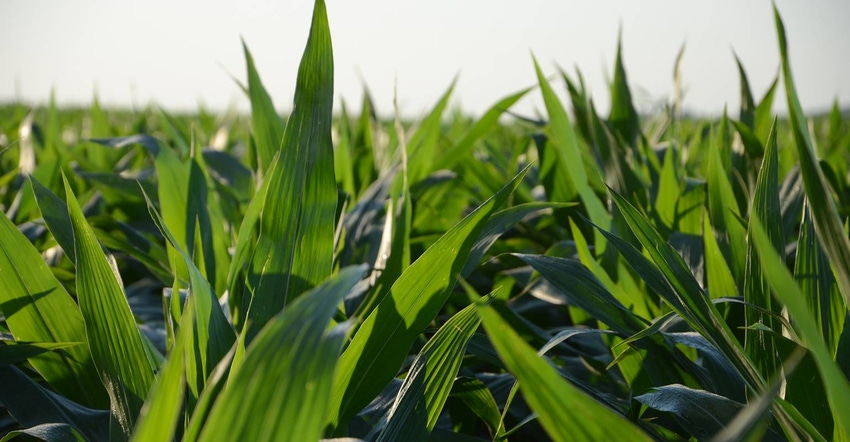January 23, 2018

Readers of this blog know that we try to cover equipment and technology from a range of angles; and part of my job is talking about technology to farmers, offering up information about what I've found in my travels.
One area that's come up in conversations is the notion of crop modeling and analytics. This is an exciting area of research, and practical farm management, that offers potential for higher yield but will challenge conventional farm management. Why? Crop models are showing farmers information that wasn't easily available before.
For example, data is showing that today's modern corn hybrids may have a different nitrogen uptake cycle that's later in life of the crop. That means the crop would respond better if you could spoon feed nitrogen closer to tassel – perhaps that last meal. Yet, what do you do with that information?
And there's the rub. The models are showing us better information about the secret life of your crop that could help you unlock what we know is a much higher yield potential than most farmers get. That 500-bushel corn crop, or the 100-bushel soybean crop could be closer to a reality as these models get better at helping understand crop nutrient and water use.
Yet getting that higher yield may force agronomic and management changes to your operation that are sometimes difficult to make real. For example, where do you find time, labor and equipment to get into a shoulder-high corn crop to lay in one last dose of fertilizer? I know the equipment that more farmers are looking at deploying today, and they're finding the investment worth their time.
The labor demand may change too. But as we dig into how crops take up water (and release it through evapotranspiration) it will force new questions on your management. But it also brings new opportunities for improved use of inputs. Irrigators will be better able to match water to crop need with in-field sensors.
And those sensors will be connected by low-power networks that push in-field information right to the cloud. This Internet of Things approach to capturing farm information will change how you manage. So what's the plan? Here are some thoughts on looking ahead to capture the value of these new tools in your farm.
Test and verify. There are a lot of new ideas coming your way. The $3-plus billion annual investment in new and growing ag startups brings you new tools almost every week. Not all will make it to market fully formed. However, these tools do provide the opportunity for farmers to do plot tests with the new tools to see if they work. Perhaps choose a smaller field that's typical of most of the land you farm to try out these new tools.
Connectivity matters. Some of the latest tools require solid web connectivity, which means for many farmers these may be non-starters. The recent news of investments in rural broadband will help, but it takes time. Verifying the strength and speed of your web access would be valuable. The website speedtest.net can give you an idea of what you're getting from your provider now.
Bring in your consultants. Many of these tools may be more targeted to your consultant. If you work with someone regularly let them know you are interested in engaging new tools. They're looking for farmers to work with to maximize a range of tools from precision drone imagery to nitrogen management. On a small scale, being a guinea pig isn't a bad thing.
These are just some short ideas to consider as you learn more about crop modeling and analytics that may be available to your farm. If you're trying new things and want to share what you're learning, drop a note to me at [email protected].
About the Author(s)
You May Also Like






